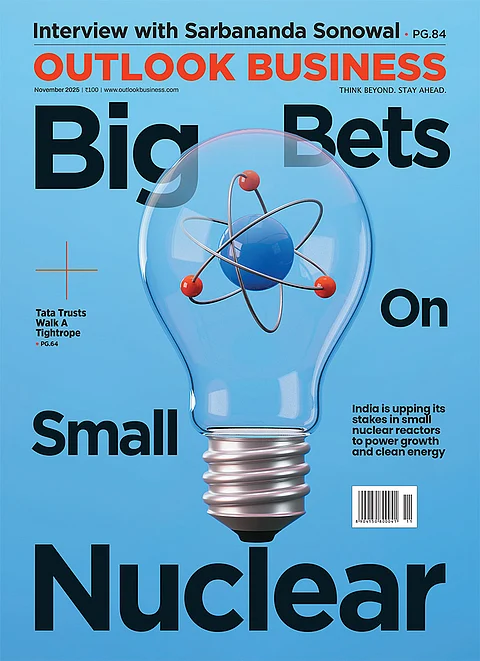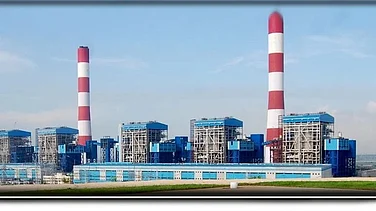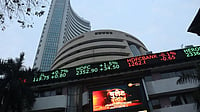Lok Sabha, the lower house of India's Parliament, is debating the Finance Bill, 2025, proposed as part of the Union Budget 2025-26, introduced by Finance Minister Nirmala Sitharaman. The government has reportedly added several new amendments to the bill, including one that proposes to end the 6% equalisation levy on online services.
Experts say that while the move is expected to lower online advertising costs and boost profit margins for companies, it is largely aimed at improving trade ties with the United States.
The tax, colloquially referred to as the ‘Google tax,’ is proposed to be removed from April 1, 2025, a day before President Donald Trump's reciprocal tariffs are set to come into effect. India is one of the key targets of these tariffs.
What is the 'Google Tax'?
The Equalization Levy was first introduced through the Finance Act 2016, imposing a 6% tax on payments made to non-resident companies for online advertisements and related services. This was aimed at taxing digital advertising services offered by non-resident companies like Google and Meta.
The scope of the levy was expanded via the Finance Act 2020 to include a 2% tax on revenues generated by non-resident e-commerce operators from the supply of goods or services to Indian residents. This broader levy became effective on April 1, 2020. At the same time, a wide range of digital services, including digital platform services, digital content sales, software-as-a-service (SaaS), and other e-commerce activities, were also brought under the purview of the levy.
"Initially set at 6% for online advertising services, the levy was later expanded in 2020 to include a 2% tax on all e-commerce companies with annual business exceeding Rs 2 crore in India," said Rajarshi Dasgupta, Executive Director - Tax, AQUILAW.
The levy is charged on the sum received or receivable for online advertisement services. However, where the consideration received or receivable is in the nature of royalty or fees for technical services (FTS), no equalisation levy is charged, Dasgupta added.
"Abolition of Equalisation levy would greatly benefit foreign tech giants providing platform for advertising in India like Google, Meta and other e-commerce companies. It may also ease the recent strain created in the US-India trade relations," said Dipesh Jain, Partner, Economic Laws Practice.
He added that evolving advertising market and digitisation created new tax challenges, such as payment classification and taxpayer identification for income tax purposes. To address this, the government introduced the equalisation levy, aligning with OECD's BEPS Action Plan recommendations.
US Objections to 'Google tax'
The United States objected to the levy since. In 2020, the United States Trade Representative (USTR) initiated an investigation into digital services taxes adopted by various countries, including India.
In January 2021, the USTR determined that India's 2% Equalization Levy was discriminatory and inconsistent with international tax principles.
"Because US companies are global leaders in the digital services sector, US companies face an inordinate share of the tax burden. Indeed, of the 119 companies that USTR has identified as likely liable under the DST, 86 (72%) are US companies," the report dated January 6, 2021, claims.
In retaliation, the US threatened to impose tariffs on certain Indian exports but paused them to allow negotiations.
In November 2021, India, the US, and 134 other members of the OECD/G20 Inclusive Framework agreed on a temporary solution. For India, this meant providing credits for excess tax collected once a new global tax system was in place.
Later, on August 1, 2024, in line with the global consensus, India decided to withdraw the 2% Equalization Levy on e-commerce supplies. However, the 6% levy on digital advertising services introduced in 2016 remained in effect. Now, that is also reportedly being done away with.
Trump Tariff Threat
President Donald Trump plans to impose reciprocal tariffs starting April 2, 2025, targeting countries with which the United States has significant trade imbalances. India is among the nations Trump claims is a "tariff abuser."
According to a recent Reuters report, India is considering lowering tariffs on over 55% of U.S. imports, valued at approximately $23 billion. These tariffs currently range between 5% and 30%.
The objective is to prevent the imposition of U.S. reciprocal tariffs, which could impact 87% of India's $66 billion exports to the U.S.
A delegation led by Brendan Lynch, the U.S. Assistant Trade Representative for South and Central Asia, is scheduled to visit India from March 25-29, 2025, for trade discussions.
































